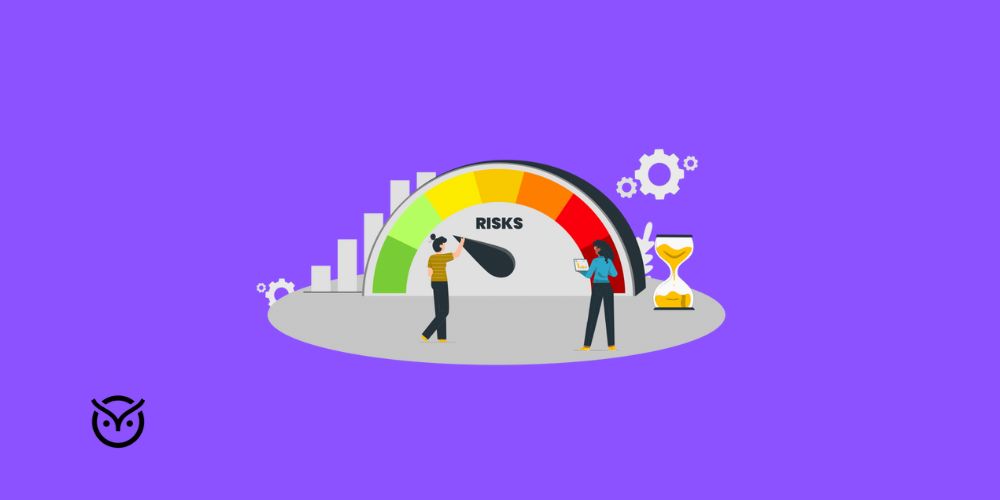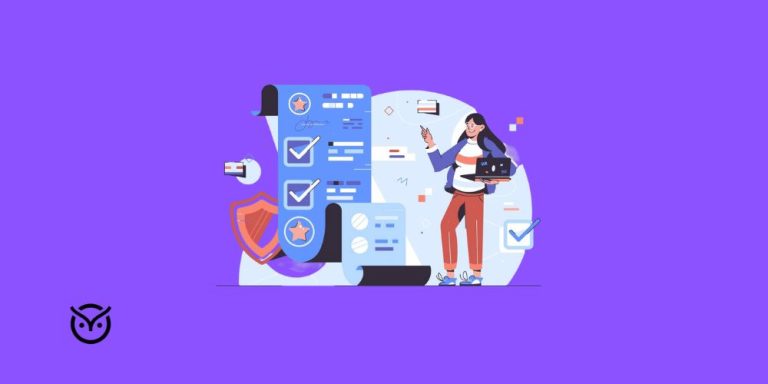Balancing AI Risks and Benefits in HR Tech

TL;DR
- Balancing AI risks and benefits in HR tech helps HR teams use smart tools.
- The screening speeds up with AI and manual work reduces.
- HR must check scoring safety, fairness, and compliance.
- Human review still matters even when AI becomes stronger.
Many HR teams feel stuck between two pressures. On one side, hiring moves faster every year and manual resume checks can’t keep up. Also, there is a constant worry whether AI screening tools are safe, fair and compliant. These concerns make hiring feel stressful, confusing, and slow. When teams don’t know how to balance AI power with real-world risks, they end up scared to use tools that could actually help them.
The good news is that Balancing AI risks and benefits in HR tech is possible when HR teams follow simple rules that protect fairness and accuracy. With the right steps, AI can screen candidates faster, reduce bias, and improve team decisions without putting compliance at risk.
Benefits of Using AI Screening Tools in HR
With the help of HR teams, repetitive tasks can be removed and focus on people instead of paperwork. When used correctly, these benefits make Balancing AI risks and benefits in HR tech much easier.
1. Faster Candidate Screening
AI can scan resumes and sort profiles in seconds. It removes hours of manual reading and makes hiring smoother. AI can reduce screening time by 77% by improving search accuracy.
2. Better Role Matching
AI tools can help in categorizing candidates into the right categories in accordance with their skills and levels. This helps to avoid human error and missed talent.
3. Consistent Scoring
AI scoring gives the same result for every person, unlike human reviewers who may get tired or distracted.
4. Clear Data Insights
AI is helpful in letting HR understand the patterns, like skill gaps or which roles take longer to fit. Some HR teams reference general guidance on structured AI evaluation, similar to the conversations found in ethical ways to use AI in assessments.
5. Stronger Hiring Quality
When AI summarizes profiles and highlights strengths, teams can make better decisions faster. These benefits show why Balancing AI risks and benefits in HR tech is worth the effort. The key is using AI safely, fairly, and with clear rules.
Is It Safe to Use AI for Candidate Scoring?
Many recruiters ask Is it safe to use AI for candidate scoring in AI resume screening tools because safety is now a major concern in HR.
The short answer is: AI can be safe when checked, tested, and monitored properly.
AI scoring becomes safer when HR teams:
• Test the model before using it
• Compare AI results with human review
• Check if the tool explains why it gave a score
• Monitor accuracy over time
• Remove outdated or biased data
Some teams review compliance guidance similar to legal defensibility topics in AI hiring, which helps them understand what safe AI usage looks like.
A study by the Brookings Institution found that poorly monitored hiring AI can produce biased decisions if not tested carefully. This is why balancing AI risks and benefits in HR tech needs human oversight. AI is powerful, but it needs steady guidance.
Common Compliance Risks With AI in Assessments
Another common question HR teams ask is what are the common compliance risks with using AI in candidate assessments. These risks matter because laws are becoming stricter globally.
The most common risks include:
1. Hidden Bias in Data
If the AI model is trained on unfair data, it may bring indifference to some groups. This may bring compliance issues.
2. Lack of Explainability
Some AI tools are not able to explain why they gave a particular score to a candidate in a certain way. Many regions do require a clear explanation for that score.
3. Outdated Models
AI may follow old scoring patterns if the system is not updated.
4. Privacy Concerns
Candidates should know how their data is being used, and some regions require written consent before the AI screening takes place.
5. Violating Local Laws
Places like New York and Illinois now require bias audits for hiring AI.
This is why balancing AI risks and benefits in HR tech requires HR teams to understand their tools, check how data is used, and follow simple review steps.
How HR Teams Can Balance AI Power & Risk
Balancing AI risks and benefits in HR tech becomes easy when HR teams mix smart tools with clear human intervention.
1. Always Keep Human Intervention
HR teams taking AI’s help is fine, but the decision should rest with people to avoid any errors and protect compliance.
2. Regular Accuracy Check Is A Must
Double-check AI scores with human notes to see any unusual patterns.
3. Use Clear and Updated Job Descriptions
AI works better when job expectations are simple, updated, and easy to match.
4. Ask Vendors About Bias Testing
HR should ask for bias audit reports, test results, and improvement steps.
5. Train Recruiters on AI Basics
Teams should understand how AI tags skills, ranks resumes, and summarizes patterns.
6. Avoid Over-Relying on One Score
AI scoring should support decisions, not replace them. Combine AI scoring, interviews, and assessments.
7. Keep Data Clean
AI learns from the data it receives. Outdated resumes, repeated files, or wrong job titles reduce accuracy.
8. Use AI Only Where It Makes Sense
AI works best for:
• Sorting resumes
• Identifying patterns
• Grouping similar skills
• Speeding up early screening
9. Follow Local Compliance Rules
HR teams should review recent laws, especially those involving fairness audits or data transparency.
10. Document Every Step
Keeping logs makes compliance easier and prevents legal problems later.
Some HR teams keep hiring workflows steady by using general applicant tracking habits, similar to ATS workflow explanations, which help them combine AI with structured processes.
Following these habits helps HR teams stay safe while balancing AI risks and benefits in HR tech without slowing down hiring.
Conclusion
Balancing AI risks and benefits in HR tech is not about choosing AI or human judgment, but it is about combining both in a smart and ethical way. While AI helps in speeding up the screening process, it reduces workload and supports fairer decisions. On the other hand, human intervention protects the fairness process, accuracy, and staying in line with compliance.
When HR teams use AI with simple checks, clear rules, and ethical thinking, hiring becomes faster, smoother, and more reliable. AI does not remove the need for people. It gives people more time to focus on real conversations and better hiring choices.
Q1. Is AI scoring risky?
It is only risky when it is not checked or monitored. With proper testing, reviews, and updates, AI scoring becomes safe to use.
Q2. How can companies ensure compliant AI use?
Companies can ensure compliance by running bias audits, asking vendors for reports, training HR teams, and following local laws.
Q3. Do HR teams still need human oversight?
Yes. Human oversight is essential to guide AI decisions, check unusual scores, and protect fairness for every candidate.






